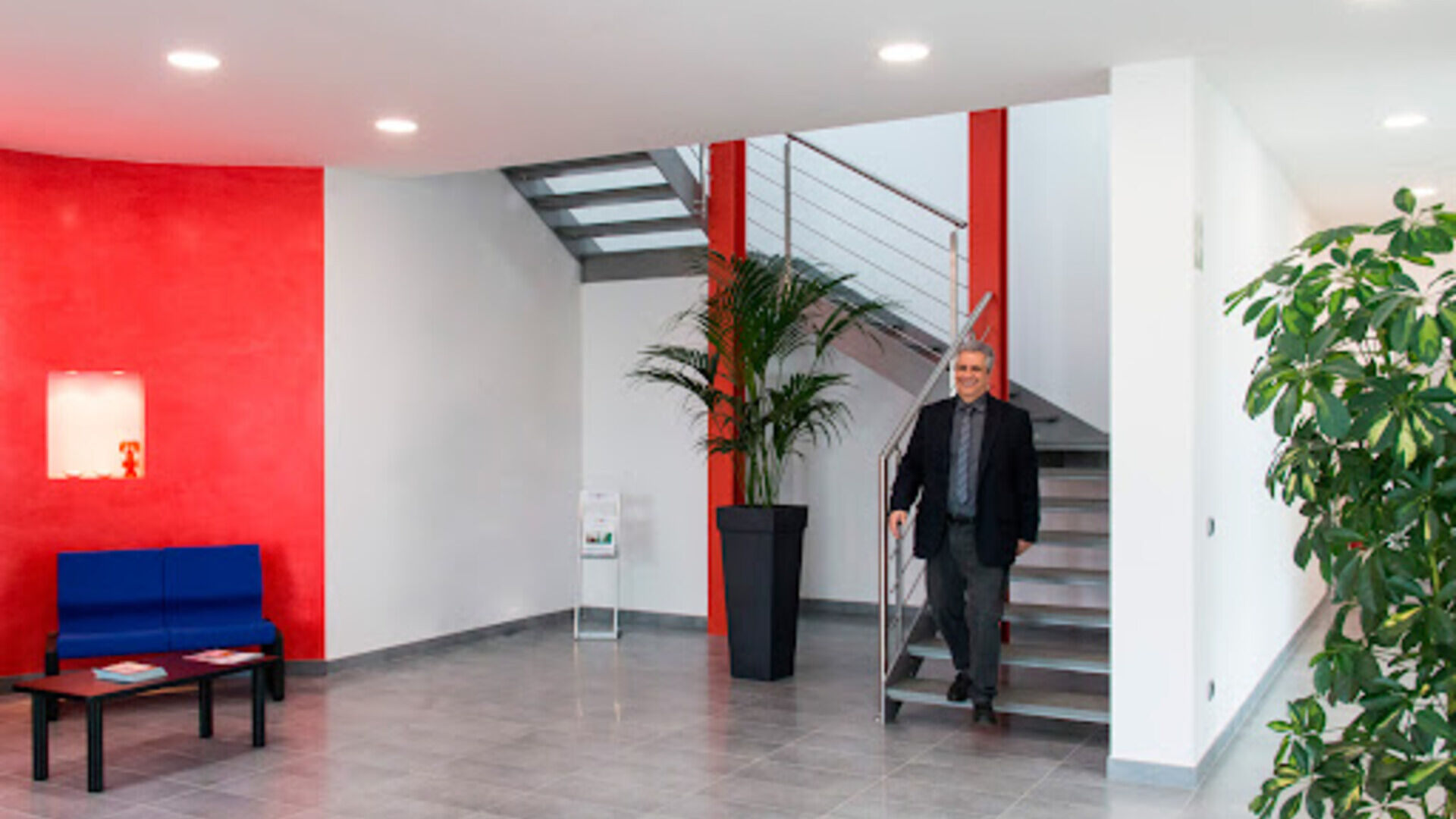
Accounting treatment of Internet sites and domain names
How is a space on the Web or an e-commerce area treated in an accounting manner? Here are some guidelines on how to behave
Today it is quite normal for a company to own a website or an e-commerce site, but there is often a lack of correct information on how these "means" or systems should be treated at an accounting level.
First of all, it is necessary to make a clear distinction between what is an e-commerce site and an advertising site. Someone also uses a third distinction which is the "showcase site", but I don't do it, the "showcase site" still falls within the category of advertising sites. Showcase site means nothing.
The e-commerce site is a type of website responsible for the remote sale of services and products through a more or less articulated and complex software platform.
The advertising site is a type of website dedicated to the presentation of a company and its brand including the offer of products and services, which is also more or less complex and correlated/supported by marketing strategies designed to build a loyalty relationship with customers and/or to generate new contacts to transform them into customers (lead generation).
Briefly summarizing therefore, the website can be counted among the intellectual works that have a strong creative characterization and which, as such, also affects the relationships and legal constraints between the client and the supplier of the work itself. The software, texts, graphics and architecture of a site are all elements that characterize the work as a whole and determine its accounting treatment.
There is an additional element to consider, which is very important and that is the domain name. Under Italian but also European legislation, the domain name, licensed for use (the principle of ownership for domain names does not exist, from an accounting point of view) follows and is subject to the legislation on the protection of trademarks. Therefore, even the accounting management must be attentive to this aspect which is by no means negligible.
E-commerce
an e-commerce website, i.e. one developed for the remote sale of goods and services, due to its very nature, must be counted among the long-term charges as it can first of all be classified as a software creation, thus constituting an intangible asset. These types of costs are always easily identifiable and theoretically (I say theoretically making a bit of irony, that is if the e-commerce site is well done) they should bring future economic benefits for the company that owns the site. However, it is necessary that all the conditions necessary for the entry of the costs of the e-commerce site among those that are assets are met and that the derived cysts are measured and indicated reliably.
According to the OIC (Organismo Italiano di Contabilità), with regard to intangible fixed assets, it is necessary to enter the deferred charges in the balance sheet and more precisely among the intangible assets that are subject to legal protection to then be classified among the intangible fixed assets under item BI3 "Rights of industrial patent and use of intellectual property".
Accounting standards do not differ much from country to country on this issue and despite having focused this article on the legislation in force in Italy, I can say with extreme certainty that what I write is also applicable in Switzerland or Canada.
As regards the specificity of the Italian rules, I can add that art. 103 paragraph 1 of the TUIR (Consolidated Income Tax Act) establishes very clearly that the amortization quotas of the cost of intellectual property rights are deductible to the extent that they must not exceed 50% of the cost, provided that the well, however, you participate in a lasting and active way in the company production process.
This is why we have always maintained that an e-commerce site is not software but a real process and that this affects, determines, changes an entire company organization down to the smallest detail.
Advertising sites
When a company needs to promote its brand, its services or products through an internet site defined here as "advertising", the accounting rules change a bit. In this case, the costs incurred for the construction and publication of the website may be accounted for as advertising expenses and therefore deductible in the financial year in which they were incurred or they may be accounted for on a straight-line basis in the financial year itself and in the following four years. This is because advertising expenses are justified and are incurred to spread the name, brand, reputation of the company that supports them with the ultimate aim of increasing market shares, sales and therefore, consequently, revenues. It is an apparent paradox that in some cases it is possible to treat the expenses incurred for a website as real representation expenses precisely because the website increases the company's media exposure and therefore its visibility towards third parties.
It is therefore a general rule to capitalize the costs incurred for the creation and publication of a corporate website, but this however on condition that these expenses can provide future benefits to the corporate income statement. This is because these media operations should change the company's way of operating and presenting itself to its public, increasing its efficiency and competitiveness.
Also in this case it is interesting to note how the legislator has focused his attention precisely on the principle of interdependence on the website / company, making the entrepreneur responsible towards the company itself, determining a real complex business management process. That is, the website is not a "thing" that can be bought separately, just to have it.
As regards the production and publication of site contents, texts, images, graphics, they should be accounted for in the income statement only in the relative financial year as they are contents that have a rather short life. The costs of hosting and maintenance of the server space, on the other hand, are also entered in the income statement for the financial year as recurring operating costs.
Domain name.
The domain name (also called domain name or domain name or host name) is the address of a site in alphabetical format (for example, www.parlamento.it), therefore potentially very easy to remember, unlike the address IP (IP Address), which is expressed in numerical form.
A bit of doctrine and jurisprudence
There is no clear and precise discipline on the subject but we can safely state that doctrine and jurisprudence have been in full agreement for some time now in equating the "virtual" world with the physical one and consequently the rules are applied whereby the owner of the rights of exclusive use of the typical sign can prevent third parties from using it as a domain name. And it's not a trivial matter.
In particular, the jurisprudence considers that the registration of a domain name that reproduces or contains the trademark of others constitutes an infringement of the trademark since it allows the activity to be reconnected to that of the owner of the trademark, exploiting the reputation of the sign and therefore obtaining a undue advantage.
So …
From this it follows that the confusion envisaged by the Italian law on the subject of trademarks must be evaluated in a concrete way in the various specific cases, given that, based on the functioning of the Internet, there cannot be two identical domain names, while the trademark law provides the possibility of having two identical distinctive signs, at least in some cases (different product sector or different territorial area). The result is that the exclusivity that derives from a trademark owner must be considered with particular attention in the judgments concerning domain names"
So the domain is a brand and the brand is a real corporate asset.
We are well aware that a domain can only be purchased under license for use and not in ownership, which is different from the brand. Therefore, the costs incurred for theutilization of the domain must be recapitalised under item BI4 and depreciated as “Concessions, licenses and the like” while the costs incurred by the company for the acquisition of the licensed domain are to be considered as long-term costs.
In the often recurring case in which the domain name corresponds to the name of the company and is therefore used as an identification brand of the company itself, it is necessary to comply with the relative legislation on the protection of trademarks as described above and this will also affect the accounting treatment since the conditions for registering an internet domain of this nature in the balance sheet must be identifiable as COMPANY ASSETS and have full identity to the point of being able to distinguish it without the possibility of error. If the conditions are met, the depreciation quotas of the trademarks are fiscally deductible to the extent that according to the Italian legislator they must not exceed 1/18 of the cost incurred.

You may also be interested in:
Innosuisse has achieved its 2023 innovation goals in Switzerland
A record amount of over 490 million francs has been allocated to compensate for the lack of association with the EU's well-known Horizon Europe program
by Editorial staff Innovando.NewsEditorial staff of Innovando.News
“I'm selling, but I'm staying”: the new trend of the small entrepreneur
The story of Francesco Schittini and Emotec's entry into the MCP fund is exemplary of frequent changes of ownership without organizational shocks
by Alberto NicoliniEditor of districtbiomedicale.it, BioMed News and Radio Pico
AI Tools for Businesses, the course dedicated to artificial intelligence
The Swiss start-up navAI developed it with the aim of providing all the tools necessary to implement the new technology in its sector
There was a backdoor to infect them all, but one genius saved the web
Here's how the expertise of a developer, and a little... providence, just prevented the sabotage of Linux and the entire Internet




